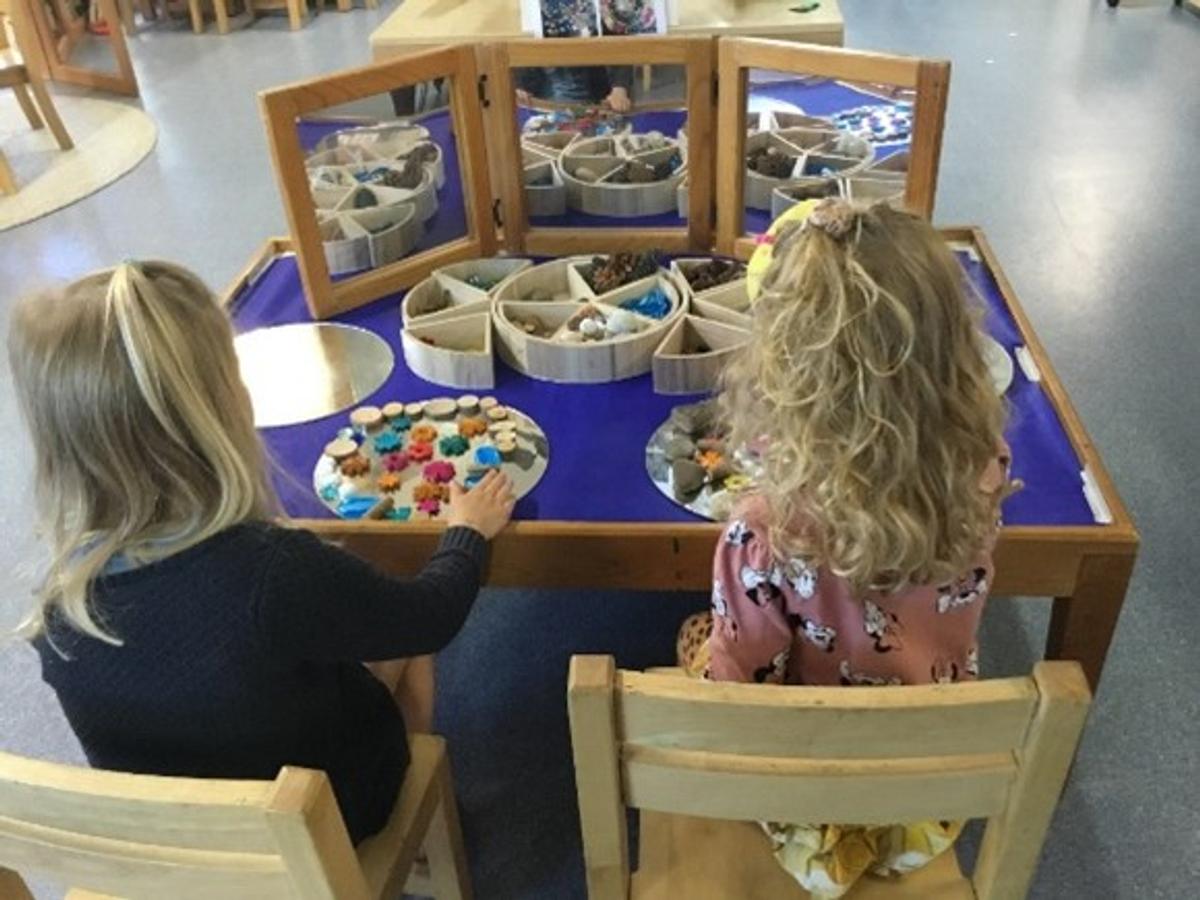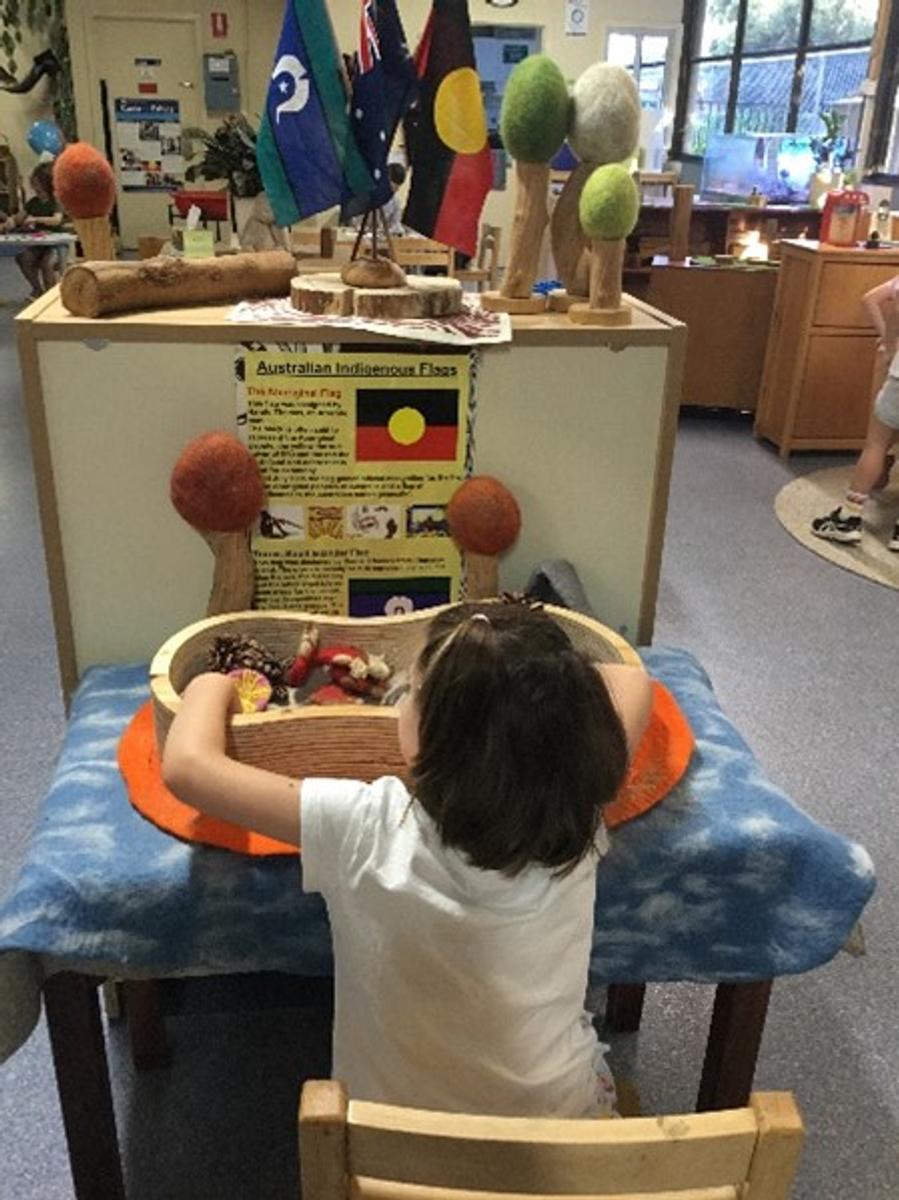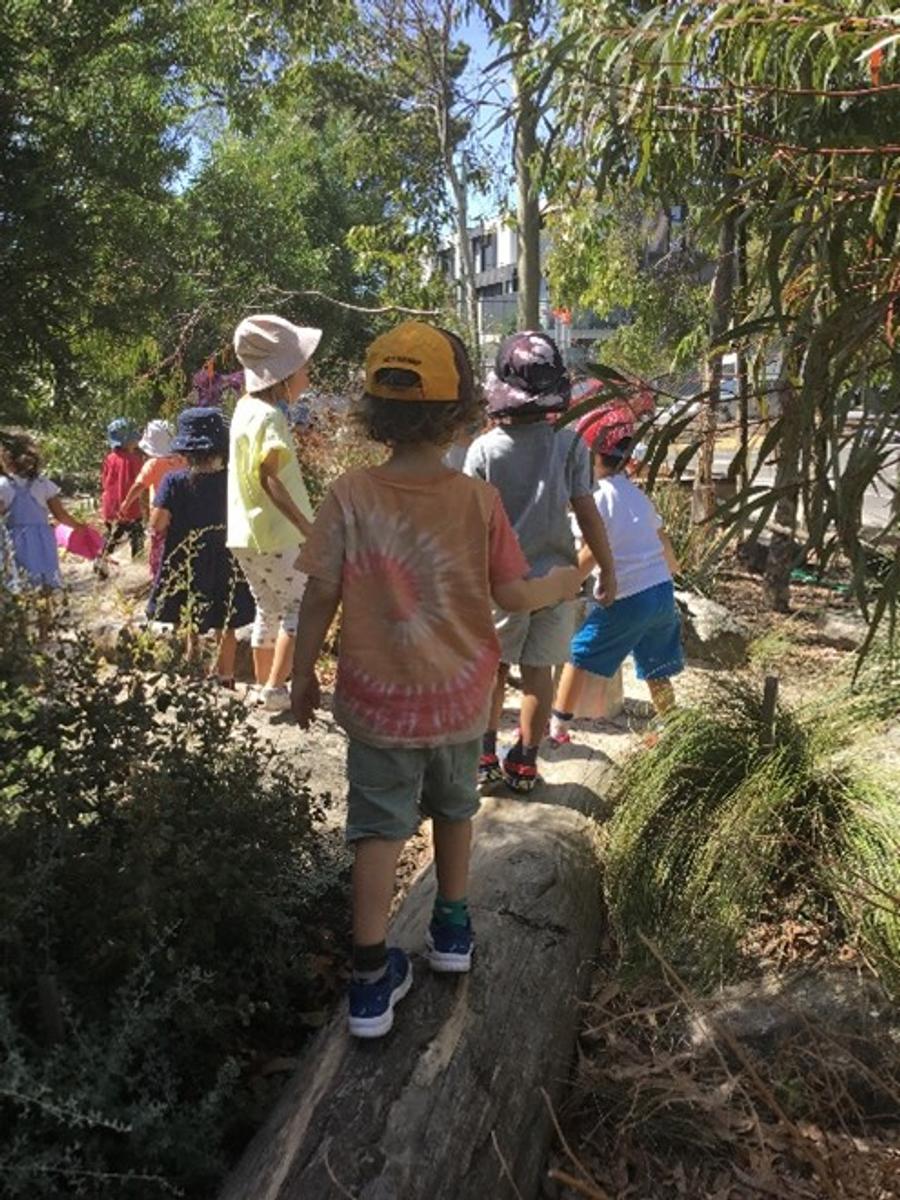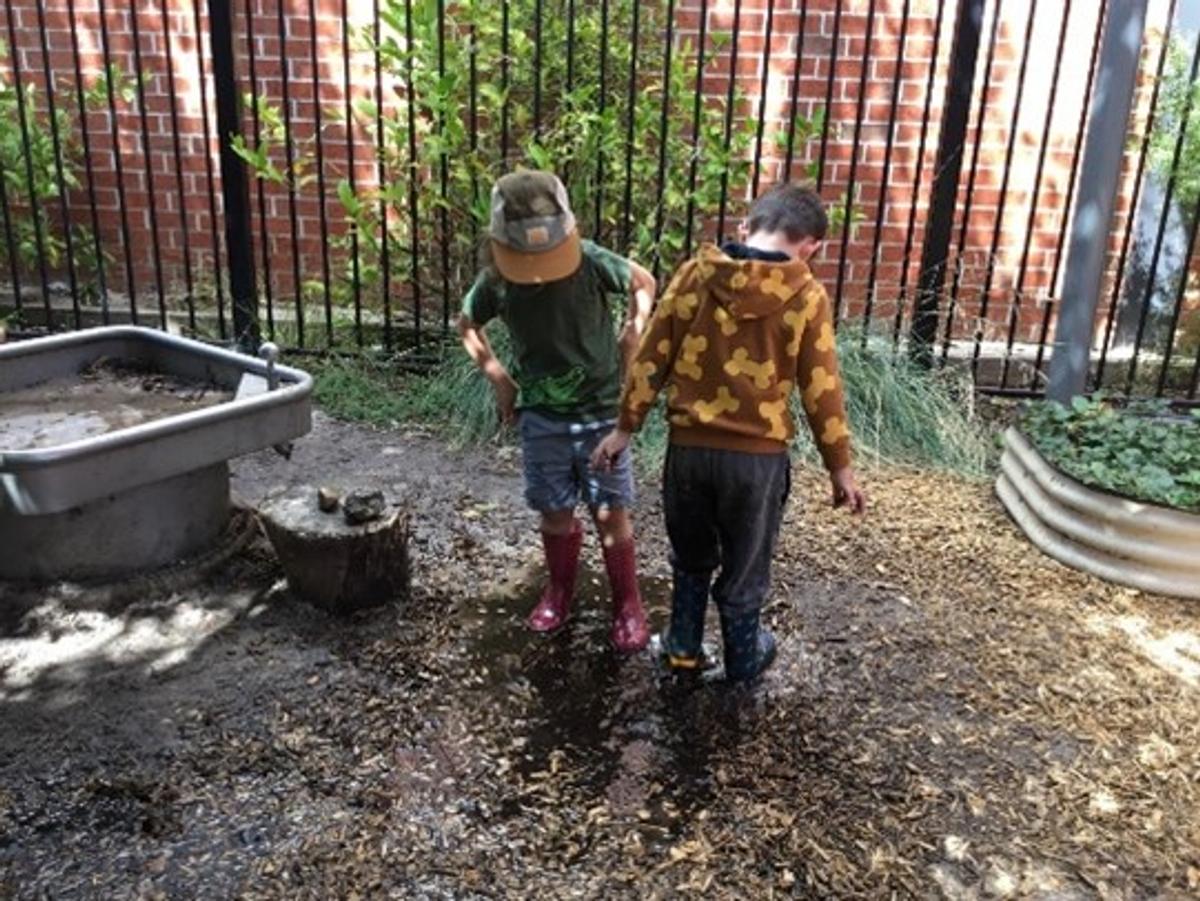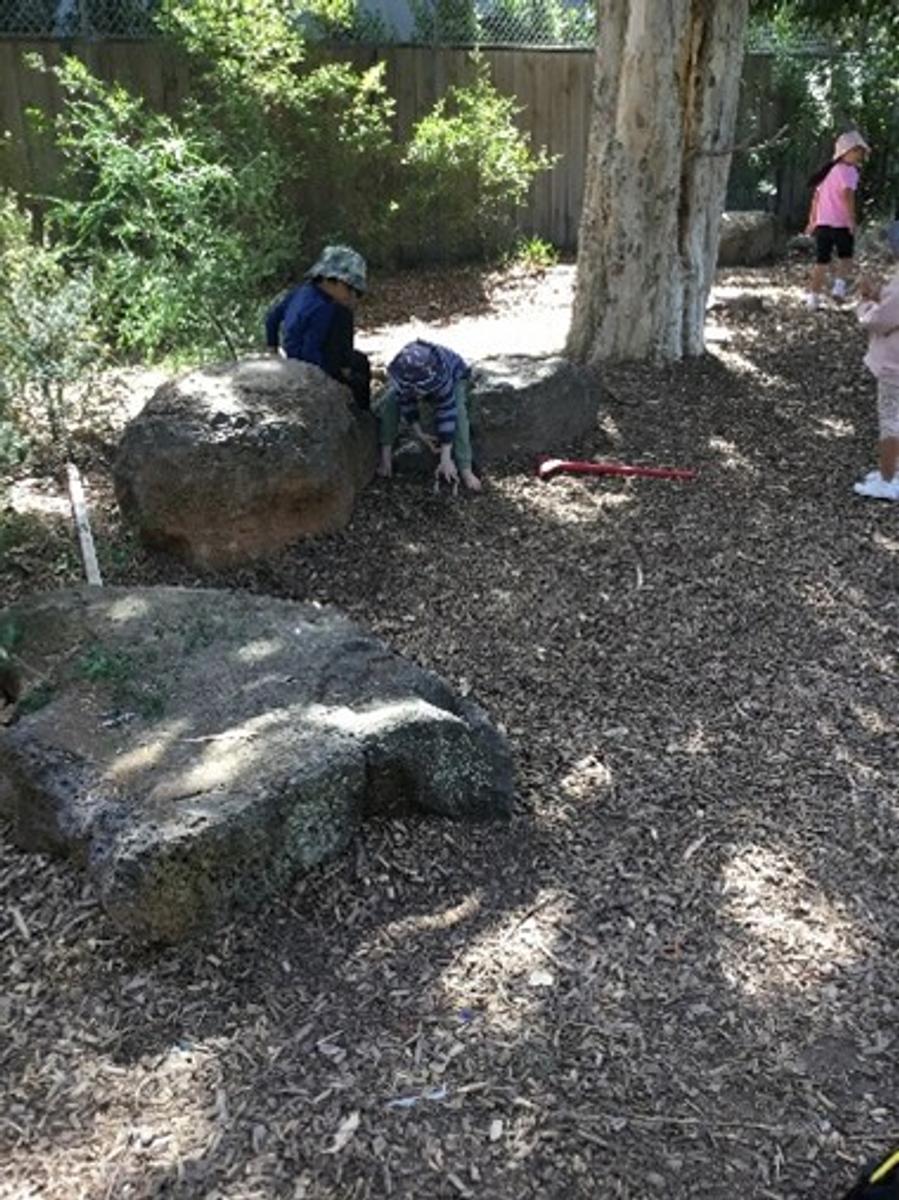Glen Education Carnegie
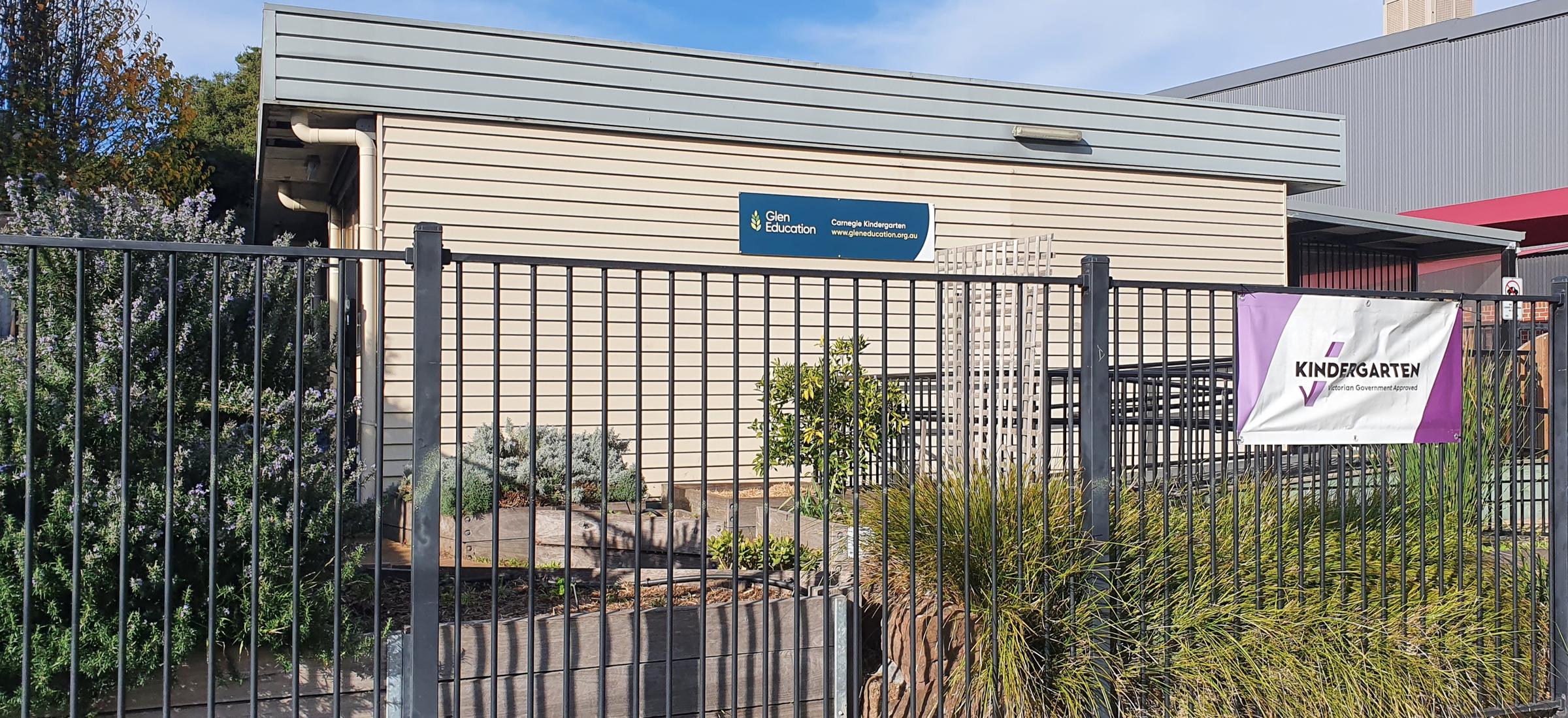
Learning through the Senses
Kavita Khera, Early Childhood Teacher
Research indicates that children learn through their senses. Effective learning takes place when all the senses are stimulated. Early childhood educators set up the environment so that children are engaged, and their learning is maximised.
The teaching team at GlenCarnegie closely observe children’s interests and set up the learning environment so children can move from one environment to another independently and they are empowered to choose activities for themselves. Children learn through play, while having fun, engaging, communicating and most importantly being comfortable in the environment around them. Children are stimulated when novelty is introduced in a familiar space, e.g., introducing the home corner next to the sensory play area (sand pit). Using the environment as the third teacher allows children the opportunity to exercise agency in their learning. They control their decisions about where and how to spend their time while at kindergarten, with educators acting as co-constructors in the learning space alongside children. While sensory play can be messy, it's essential for children's health, growth, development, and learning.
Areas supporting quiet play and active play can be created both indoors and outdoors. For example, block building spaces are a busy area where children are building and developing their fine motor, hand, eye co-ordination, creative and problem-solving skills, however if children need a quite area they can choose to visit the calm spaces in the room, such as the reading corner for a bit of relaxation time. Children also need opportunities where they can have play experiences which could be solitary, parallel or in a small or large group of children. Children can be more creative when materials and resources are open ended and not prescriptive. Having a variety of props encourages them to think and enhance their innovation skills. If the environment is inviting, pleasing and relaxing children are more responsive and creative. Giving children choices and empowering them to make decisions, including their ideas in setting up play spaces, offering resources and materials can help them focusing and exploring.
It's child’s relationship with their family, teachers and the environment which ignites their learning. A child’s home environment is different from that of the kindergarten. Children are influenced by the social and cultural events at home. At the kindergarten the play spaces are changed, and we respond to the preferences and interests of the children. This meets the goals for our children to become enthusiastic learners. Clearly, environment is their third teacher.


